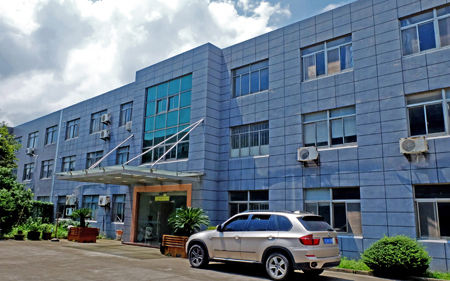



Gathering upstream manufacturers from domestic and foreign industries, our products represent the development direction of testing technology and capabilities both domestically and internationally. All products are supplied at factory prices, providing users with great benefits.

Create a one-stop supplier for toolboxes, with various models to choose from for each product. We offer sample processing for all aspects of the products and an annual procurement plan.

Maintain good cooperative relationships with multiple domestic manufacturers, provide temporary equipment system solutions, and offer demonstration laboratories in various industries for users to visit.

Equipped with technical engineers, a comprehensive after-sales service system, providing information consulting services, systematically introducing the performance and characteristics of products, and recommending products suitable for users.

Changshu Lingxing Plastic Mold Co., Ltd. is a production-oriented enterprise specializing in injection molding, injection mold design, manufacturing, and assembly. It has core technical strength, years of rich experience and technology in injection molding production. The factory has complete production equipment and 16 injection molding machines with precision mold manufacturing and processing equipment of less than 1100T (4000g). With the continuous expansion of the enterprise scale, new factories have been built. The new factory is located in Jialing Village, Xinzhuang Town, Changshu City, covering an area of about 5000 square meters. The production facilities are complete, and technology is constantly improving, which can meet the production needs of various scales.


Toolbox molds are commonly used to produce toolboxes with complex structures such as multiple chambers and buckles, in order to improve their design flexibility. The core is to adapt the mold to the production of toolboxes of different specifications, facilitate rapid iterative optimization, and reduce transformation costs. This can be achieved through modular and parametric design, the use of int
The impact resistance of plastic toolboxes is mainly reflected through structural design, material properties, and practical performance. The core is to withstand external impact without breaking or deforming, and to protect the internal tools. 1. Core embodiment dimensions The impact resistance of the material itself: Mainstream engineering plastics such as ABS, PP, HDPE, etc. are used,
The key design points of toolbox molds revolve around product accuracy, production efficiency, and molding quality, with five core dimensions. 1. Design of cavity and structure Correctly match the size, wall thickness, and appearance contour of the toolbox, and reserve reasonable shrinkage allowance.
The core of selecting electronic scale mold materials is to match product requirements, mold lifespan, and cost budget, taking into account the material, accuracy requirements, and production batch of electronic scale components.
The core of choosing a plastic toolbox for outdoor work is its ability to address the three major pain points of waterproofing, weather resistance, and portability in outdoor environments, providing reliable protection for tools and improving work efficiency.
Toolbox molds can be divided into two categories based on their materials: plastic toolbox molds and metal toolbox molds. The design logic, applicable scenarios, and processing techniques of the two types of molds differ significantly. The specific classification and characteristics are as follows:
The quality of electronic scale molds directly determines the accuracy, stability, and service life of core components such as the electronic scale shell, tray, and sensor mounting base. Its quality control needs to run through the entire process of "design processing trial mold mass production", focusing on five dimensions: dimensional accuracy, structural stability, material adaptability, surfac

Toolbox molds are commonly used to produce toolboxes with complex structures such as multiple chambers and buckles, in order to improve their design flexibility. The core is to adapt the mold to the production of toolboxes of different specifications, facilitate rapid iterative optimization, and reduce transformation costs. This can be achieved through modular and parametric design, the use of int
The impact resistance of plastic toolboxes is mainly reflected through structural design, material properties, and practical performance. The core is to withstand external impact without breaking or deforming, and to protect the internal tools. 1. Core embodiment dimensions The impact resistance of the material itself: Mainstream engineering plastics such as ABS, PP, HDPE, etc. are used,
The key design points of toolbox molds revolve around product accuracy, production efficiency, and molding quality, with five core dimensions. 1. Design of cavity and structure Correctly match the size, wall thickness, and appearance contour of the toolbox, and reserve reasonable shrinkage allowance.
The core of selecting electronic scale mold materials is to match product requirements, mold lifespan, and cost budget, taking into account the material, accuracy requirements, and production batch of electronic scale components.
The core of choosing a plastic toolbox for outdoor work is its ability to address the three major pain points of waterproofing, weather resistance, and portability in outdoor environments, providing reliable protection for tools and improving work efficiency.
Toolbox molds can be divided into two categories based on their materials: plastic toolbox molds and metal toolbox molds. The design logic, applicable scenarios, and processing techniques of the two types of molds differ significantly. The specific classification and characteristics are as follows:
The quality of electronic scale molds directly determines the accuracy, stability, and service life of core components such as the electronic scale shell, tray, and sensor mounting base. Its quality control needs to run through the entire process of "design processing trial mold mass production", focusing on five dimensions: dimensional accuracy, structural stability, material adaptability, surfac